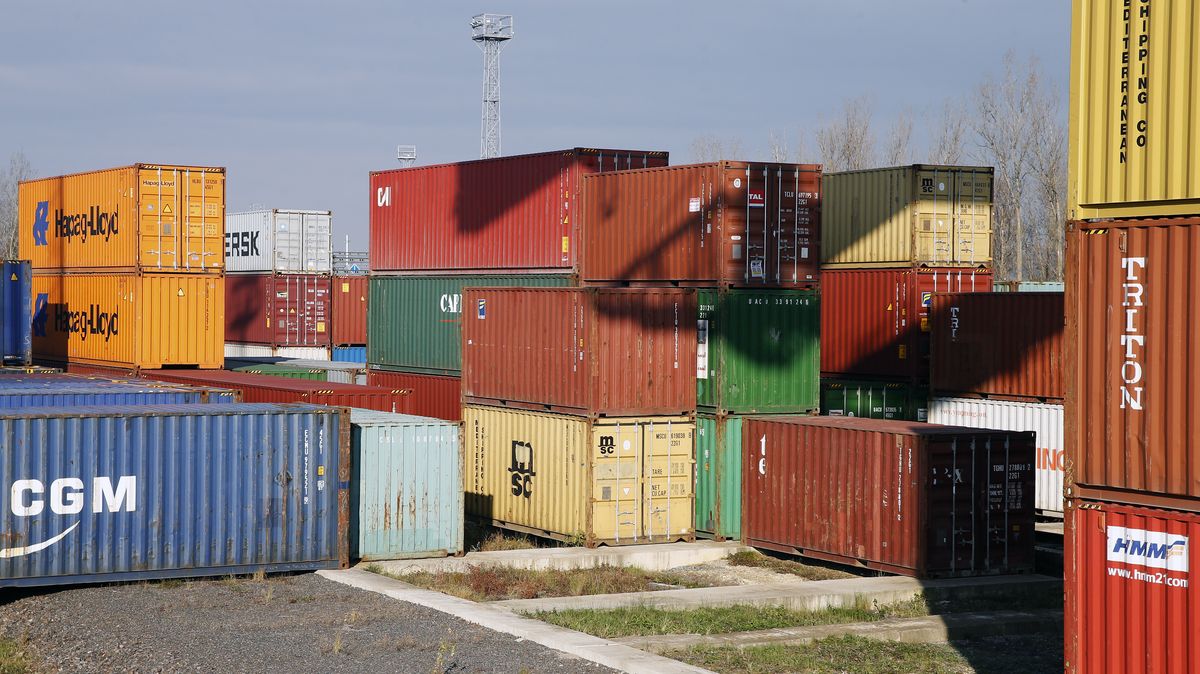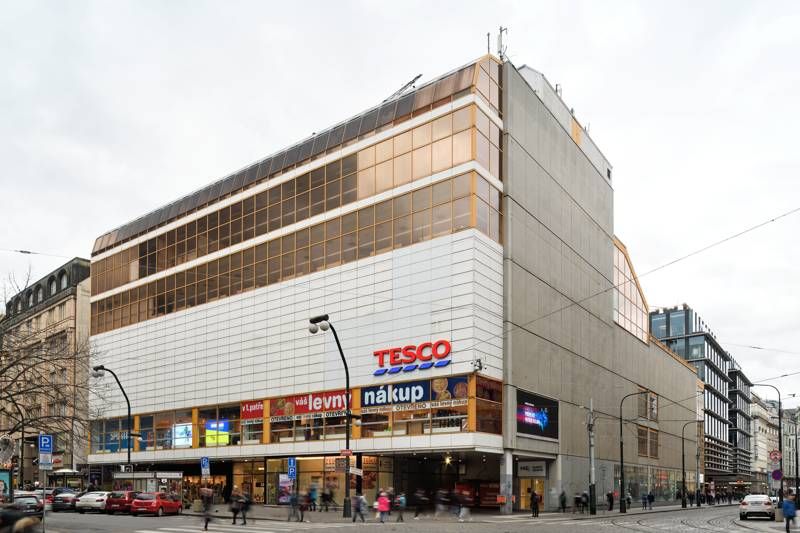That wasn’t the goal at first, but once Mastercard launched a solution to protect payment transactions from attacks in the online space, experts there realized that focusing exclusively on payment transactions alone wasn’t enough. Even if you protect your own payment process, it will only be secure if all parties passing through the payment flow are secure. “Your ecosystem is as weak as the weakest link in the chain,” explains Barbora Tyllová, Product Director at Mastercard. Gradually, companies are creating or acquiring entire sets of cybersecurity solutions in the digital space. Currently there are about 120 of them.
The number of cyber attacks continues to increase. Last year, police recorded more than 18,000 cases, twice as many as the previous year. And this year, their numbers appear to have increased significantly again. The fact that these things are not unusual is especially recognized by companies, so the demand for solutions that can protect them is increasing.
“But in many cases, they underestimate the danger.” Tyllova said. He describes it not only based on his experience, but the same trend was also shown by a survey the company conducted at the beginning of the year of two hundred companies in the Czech Republic and Slovakia.
“IT employees usually think they are prepared and will defend themselves. But at the same time, they say they don’t have enough resources to pay enough attention to cybersecurity. According to management, it is a priority, but few people actually address it. In most cases, if they have not experienced the problem – even indirectly – it is difficult for them to admit that the problem could happen to them too,” Tyllova reported.
And at the same time, he explained that the biggest security problem for companies is their people. They can get attackers into the company, all it takes is a little carelessness. Sometimes an attack looks like a message from a colleague or boss, other times it’s simply a failure to follow proper security procedures. “Every tenth company does not train its employees at all,” Tyllová explained.
At what angle are you holding your phone?
If companies decide to tackle cybersecurity, systems spread across the online space will be able to monitor people and information every step of the way. Not surprisingly, Mastercard started with places closely related to financial transactions.
For example, when you enter a password when logging into online banking, artificial intelligence detects and evaluates not only where people are logging in from or what device they are using, but also how they behave. In fact, Mastercard’s solution can recognize whether a particular payment was actually entered by the client or by someone who obtained access data fraudulently.
Barbora Tyllová talks about how to secure companies from attacks in cyberspace and on the CzechCrunche podcast. Watch the full interview with a specialist from Mastercard.
Named solution NuDetection can add so-called passive biometrics. It can also verify the client based on how fast he types on the keyboard, how he moves the mouse or whether he tilts the phone as in previous transactions.
Other cybersecurity solutions can detect potential weaknesses in the online world and find gaps in a company’s digital communications that could be accessed by outside attackers. For example, a solution Risk Reconnaissance it can audit your publicly available systems over the Internet, but it can also “scan” the entire subcontract chain and suggest necessary adjustments.
Tool Ethoka this can give people a clearer list of completed payment transactions in e-banking by logo, location or even category and make it clear to them what exactly they are spending their money on. It’s easier for them to remember what they bought when they know about it, for example, at a drugstore, supermarket or via a mobile app.
Overall, more and more systems are using artificial intelligence. But on both sides, namely with banks, merchants and companies trying to secure the cyber environment, and with attackers. According to experts, this fundamentally changes the procedure.
“If you take for example, attacks from various internet marketplaces – within a few seconds after the ad is published, some artificial intelligence will respond to you. From the way he communicates, it can be seen that he is not a living person.” Tyllová described an example of a common attack, in which the system requests specific information about a person’s payment card and sends money to the card. However, finances were lost.
“You have to hurry,” said Tyllová as she spoke about the need to continually prepare for attackers. “Sometimes you can catch them, sometimes you can maybe overtake them a little bit. But that’s still a long way off.” conclude.

“Tv nerd. Passionate food specialist. Travel practitioner. Web guru. Hardcore zombieaholic. Unapologetic music fanatic.”







